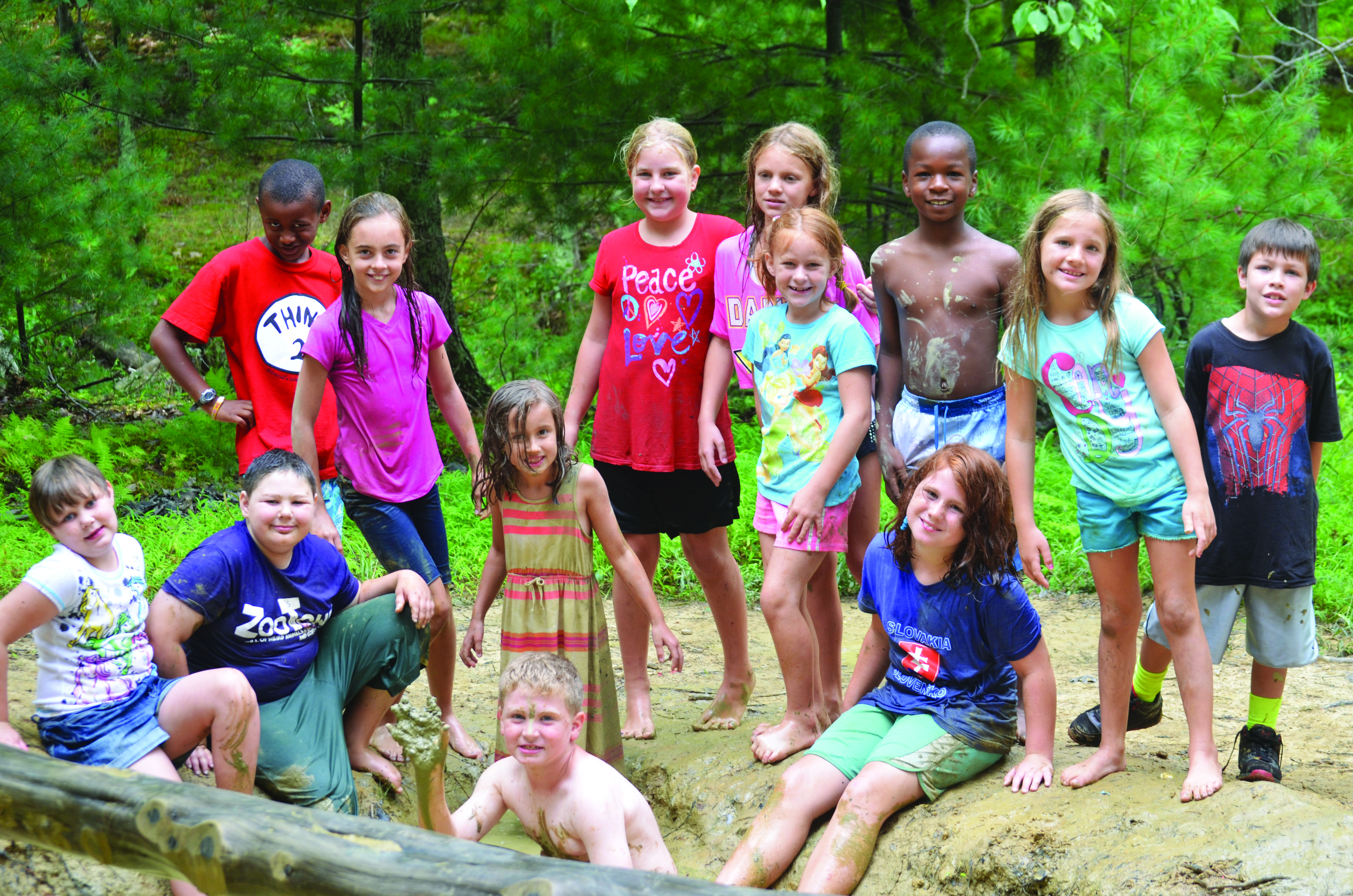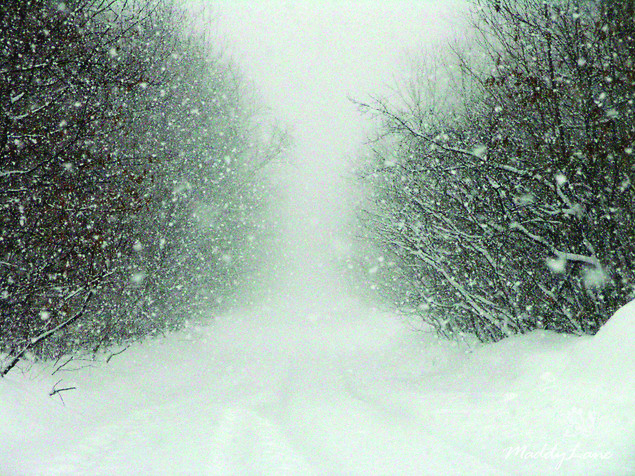Blandy Experimental Farm
Program Type: Nature Day Camps
Ages/Grades Accepted: Rising Second to Eighth Grader
Through three camps built around hands-on activities and experimentation, Blandy’s nature camps allow students to explore nature and enjoy time outdoors. Their three camps (Weird & Wacky Nature, International Nature Camp, and EcoExplorers) offer a chance to investigate animals, plants and habitats.
www.blandy.virginia.edu
Body Renew Fitness
Program Types: Sports & Fitness
Ages/Grades Accepted: Ages 2-Adult
Body Renew Fitness offers summer experiences that are really an extension of the terrific programs they make available regularly. They take an innovative and approachable attitude towards fitness, and their summer offerings are no exception. Parents can check out “tot time” for the little ones and various clinics offering instruction in popular sports for older kids.
Boy Scouts STEM Camp
Program Types: STEM, Coed Day Camp
Ages/Grades Accepted: 11-13
Open to both boys and girls, the Boy Scouts STEM Camp offers participants a full week of programming related to the areas of science, technology, engineering, and math. The academy is open to scouts and non-scouts alike. Students will have the chance to enjoy instructional and hands-on learning opportunities in an inviting outdoor classroom.
http://www.sac-bsa.org
Bryce Resort
Program Types: Jr. Golf, Art & Nature Camps
Ages/Grades Accepted: 4-12
Whether you enjoy winter sports, summer sports, or just relaxing with the family, you’ll love spending a day at Bryce Resort. They are experts in recreation, and they apply that expertise to all of their instructional summer learning opportunities. This summer, area youth have a chance to get immersed in nature, enjoy a game of golf, or pursue artistic expression in a beautiful setting.
Camp Sandy Cove
Program Type: Christian Overnight & Day Camps
Ages/Grades Accepted: Ages 7 to 17
Located in High View, West Virginia, Camp Sandy Cove is a nonprofit, nondenominational Christian camp offering a wide range of activities, including everything from horseback riding and archery to video journalism and photography. There are overnight programs available, as well as several themed day camps.
www.campsandycove.org
Clarke County Historical Association
Program Type: Milling and History Day Camps
Ages/Grades Accepted: Ages 6-12
Clarke County is alive with history, the Clarke County Historical Association’s programs offer participants a chance to engage with the history through hands-on activities. In addition to other opportunities to learn about the history of the county, their Introduction to Milling program is tremendously popular.
www.clarkehistory.org
Clarke County Parks and Recreation
Program Types: Wide Variety of Offered Programs
Ages/Grades Accepted: 3-Adult
It goes without saying that Clarke County Parks and Recreation offers some of the best programming for area youth in the Valley. (They also work hard to make sure the programs are accessible without compromising quality.) Sports, arts, and educational camps are all among the offerings for 2015.
http://clarkecounty.gov/parks/parks-and-recreation.html
For the Love of Children Outdoor Education Center
Program Type: Wilderness, Frontier, & Survival (Day & Overnight)
Ages/Grade Accepted: Ages 8 and Over*
The center works with groups, civic organizations, and clubs to design experiences that provide valuable team building, interpersonal abilities, and leadership skills. High- and low-ropes courses are complemented with ecology activities and more. Available to groups with compatible missions. Currently no open enrollment.
www.flocountdoors.org
Frederick County Parks & Recreation
Program Types: Wide Variety of Offered Programs
Ages/Grades Accepted: 3-Adult
Just a short drive from Clarke County, area students can enjoy the summer programming offered by Frederick County Parks & Recreation. Recreational and athletic activities are only part of what’s available. Arts, crafts, and educational learning opportunities are also in the works.
www.co.frederick.va.us/departments/o-z/parks-recreation
JBIT Ranch
Program Type: Horse Care and Riding Day Camps
Ages/Grade Accepted: 7-15
JBIT Ranch is a safe, family focused environment that welcomes students of all skill levels to explore our natural relationship with horses. Spend the morning learning to ride before enjoying a picnic by a stream. Complement that vision with activities, games, contests, and fellowship. That’s what JBIT summer camp is like.
www.jbitranch.com
Mountain View Polo Camp
Program Types: Polo/Horse Riding
Ages/Grades Accepted: Ages 8-15
Want to have something really cool to tell your friends when they ask how you spent your summer? How about saying you learned to ride polo horses and play polo! Just a short drive up and over the West Virginia border, you’ll find Mountain View Polo Camp in Charles Town. It’s a summer camp unlike any other.
www.mountainviewpolo.com.
Opus Oaks, An Art Place
Program Type: Art Camps
Ages/Grades Accepted: 4-Adult
Opus Oaks is really in a class by itself when it comes to camps geared towards artistic expression. From blacksmithing to illustrating, its summer camps really provide a wide range of options for the artistically inclined. “Junior” programs are suited for the youngest of your clan, while other programs are structured for adults!
http://opusoaks.org
Potomac Speech Therapy, LLC (Music and Movement Camp)
Program Types: Therapeutic Listening (Autism & Sensory Processing Disorders)
Ages/Grades Accepted: Elementary-12th Grade
This special program is being offered in Winchester to area youth living with Autism and Sensory Processing Disorders. Through music and movement, participants will have an opportunity to become more engaged while gaining a real benefit from time spent among the group.
Email for information: tmcwv@frontier.com or 304-268-0131
Powhatan School
Program Types: Robotics, Circus/Movement, Art, Excursions & More
Ages/Grades Accepted: Rising Pre-K through 8th Grade
Complementing their academic philosophy, Powhatan School provides several unique opportunities for camp attendees to engage with subjects that interest them. From using robotics, gears, and programmable software to walking on stilts, performing magic tricks, and clowning around, there’s something for everyone.
Sandstone Farm
Program Types: Horsemanship & Riding Camps
Ages/Grades Accepted: Ages 6-18
Riders of all experience levels are welcome at Sandstone Farm. Riding lessons, trail rides, and equine care are all part of the program offered to students who want to gain the sense of accomplishment that comes with learning to ride. Every student receives the expert attention that comes standard in their small class sizes.
www.sandstonefarm.com
Shenandoah Valley Discovery Museum
Program Types: “Jedi Training,” Arts, Crafts, Science & More
Ages/Grades Accepted: PreK to Eighth Grade
As if Jedi Training weren’t enough, the Shenandoah Valley Discovery Museum is offering a summer of learning, crafting, and fun to the community. There is even an opportunity to spend time afterhours gazing at (and learning about) stars from the museum roof. Check out their science and ecology programs too!
www.discoverymuseum.net
Winchester Montessori School
Program Types: Outdoor Adventures, Performance & More
Ages/Grades Accepted: Ages 3 and up
Montessori Learning doesn’t stop at the end of the school year. The Winchester Montessori School’s summer programing includes activities for girls and boys who love to learn and engage with their work in meaningful ways. Plans are in the works and an outdoor skills/adventure camp, a singing and performance camp, and more!
www.winchestermontessori.com
Youth Development Center
Program Types: Recreational for teens with special needs.
Ages/Grades Accepted: 13-21
The Adventures Beyond program of the YDC provides a chance for teens living with disability to get together for social interaction, games, crafts, and other activities. Activities are designed to help participants remain engaged and active over the summer months.
www.myydc.org
Shepherdstown School of Dance Summer Intensive
(Shepherdstown, WV)
Program Type: Dance
Ages/Grades Accepted: 10-18
The intensive program is for students ages 10 to 18 with at least two years of focused dance training. The objective is to maximize each student’s progress through study of technique, alignment, artistry, and expression, resulting in greater joy and confidence in the art and discipline of classical dance, as well as improved performance quality.
shepherdstownschoolofdance.com
Camp Invention
Program Type: Inventions/Innovations
Ages/Grades Accepted: 1st-6th grade
Behind every discovery is a curious mind. Over the past 40 years, and in partnership with the U.S. Patent and Trademark Office, our programs have encouraged nearly two million children, teachers, parents, college students and independent inventors to explore science, technology and their own innate creativity, inventiveness and entrepreneurial spirit.
www.campinvention.org
Summer Youth Theatre Camp at the Old Opera House (Charles Town, WV)
Program Type: Theater
Ages/Grades Accepted: 5-18
Add the theatrical to your summer. The Old Opera House will be hosting a summer youth theatre camp featuring classes and exercises in improvisation, makeup, stagecraft, dancing, costuming, special effects, musical theatre and more. This camp is a high energy, participation camp, so please sign up for camp ONLY if you are ready to have some fun!
www.oldoperahouse.org








